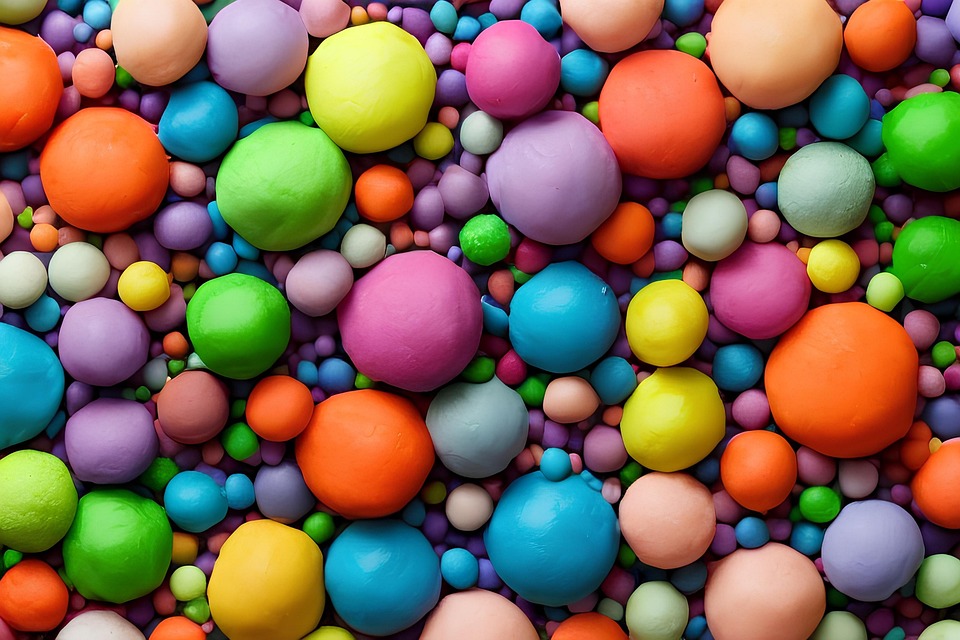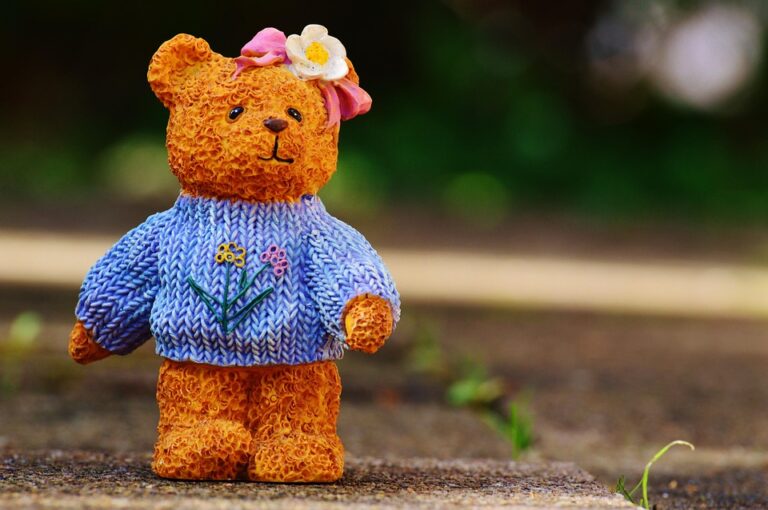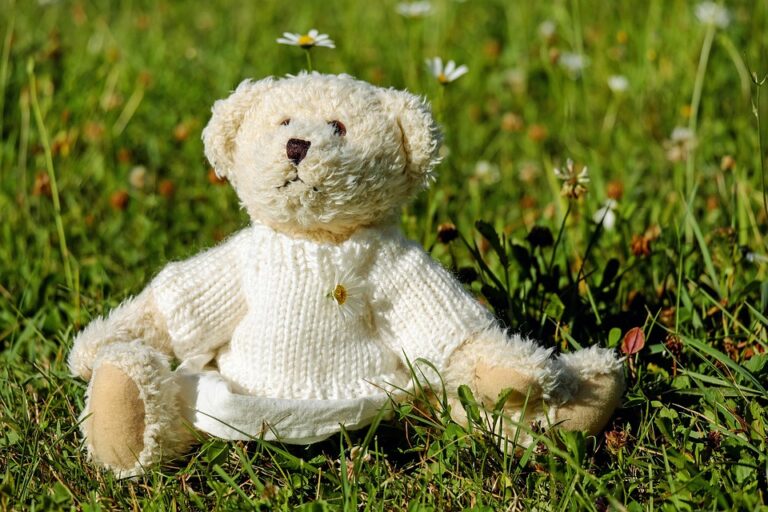
When one thinks of childhood creativity, it’s hard not to conjure images of vibrant, pliable colours and the delightful scent of modelling clay wafting through the air. At the forefront of this imagination-fuelling substance stands Play-Doh, a product that has not merely survived the test of time but flourished in the hearts of both children and adults alike.
1. The Humble Beginnings
Originating in the 1930s, Play-Doh’s story begins not in the hands of eager children, but rather as a wallpaper cleaner. Yes, you read that correctly. The product was initially conceived by Noah McVicker and his family, who owned a company named Kutol Products. Their clay-like substance was intended to remove soot and dirt from wallpaper, a rather mundane yet practical application. However, it wasn’t long before this peculiar creation found its way into the hands of children, transforming the very essence of play.
2. A Twist in Fate
The pivotal moment arrived in the late 1950s when McVicker’s nephew, Joe McVicker, recognised the potential of this versatile dough. He realised that, rather than relegating it to a life of cleaning, it could instead serve as a medium for artistic expression. A marketing campaign aimed at schools revealed a surprising truth: children loved to squish, shape, and create with Play-Doh. The product was soon rebranded and marketed as a toy, igniting a revolution in creative play.
3. The Science of Play
What makes Play-Doh so captivating? Beyond its nostalgic aroma, the science behind its formulation is fascinating. The original recipe, a closely guarded secret, consists of a unique blend of flour, water, salt, and other ingredients that give it its malleable properties. The tactile experience of kneading and shaping the dough stimulates sensory development in children, while its bright colours ignite imagination. Renowned child development experts often highlight the importance of such creative play, asserting that it fosters cognitive growth, fine motor skills, and even emotional expression.
4. Expanding Horizons
As the years rolled on, Play-Doh evolved from its basic origins to encompass an array of colours, scents, and themed sets. Inventions such as the Play-Doh Fun Factory and various animal moulds allowed children to explore their creativity in new dimensions. Yet, one must ponder: has this expansion diluted the fundamental joy of creating with plain old dough? Critics argue that with the introduction of elaborate sets, the essence of free play may be compromised, as children become more focused on following instructions rather than unleashing their own imaginations.
5. A Cultural Icon
Today, Play-Doh has transcended its status as merely a toy; it has become a cultural phenomenon. It features in educational settings, therapy sessions, and even adult art projects. The versatility of this modelling clay has led to its inclusion in STEM (Science, Technology, Engineering, and Mathematics) initiatives, highlighting its role in fostering creativity and problem-solving skills. Furthermore, its iconic status is bolstered by its appearances in popular culture—think of the countless memes, YouTube challenges, and even its own animated series.
Embracing the Future
As we look forward, the question remains: what lies ahead for Play-Doh? With the rise of digital play and virtual experiences, will this tactile classic maintain its relevance in an increasingly tech-driven world? One can only hope that the simple pleasure of moulding and creating will continue to captivate future generations, just as it has for so many before them.
In this exploration of Play-Doh’s history, we witness not just the evolution of a product, but the evolution of play itself. As the world continues to change, one thing remains certain—Play-Doh will forever hold a cherished place in the realm of creative expression.
For those interested in discovering more delightful products like Play-Doh, BargainsTrust continues to bring you a curated selection of treasures that cater to your every need.






